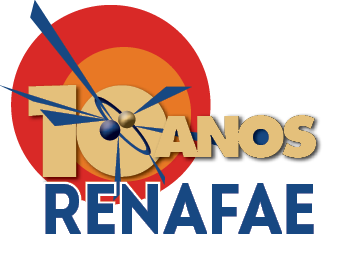Speaker
Description
The Pierre Auger Observatory, located near the town of Malargue (Argentina), is the largest facility for studying cosmic rays above 10^17 eV. One of the main achievement already established is the observation of the suppression in the energy spectrum around 4×10^19 eV compatible with the GZK cutoff. However the measurement of the energy spectrum alone is not enough to clarify the origin of such a feature. Indeed the mass composition measurements suggest the possibility of a different mechanism to explain the suppression region, not due to a propagation effect of cosmic rays but to the maximum energy achievable in the astrophysical sources. To assess this complex astrophysical scenario, whose phenomenology is still far from being understood, the Pierre Auger Observatory has recently begun a dedicated program to update its detector capabilities. The upgrade proposal is based on improved mass composition determination using the water-Cherenkov detectors of the Observatory in combination with surface scintillator detectors on top of them.
In this contribution, we present the RPC (Resistive Plate Chamber) hodoscope developed at the CBPF (Rio de Janeiro) in collaboration with LIP (Lisboa) for testing/debugging the scintillator detectors of the Observatory. A prototype of the hodoscope has already been placed in Malargue and used for a preliminary tests. Different hodoscope configurations are under discussion for optimizing the test procedure.




